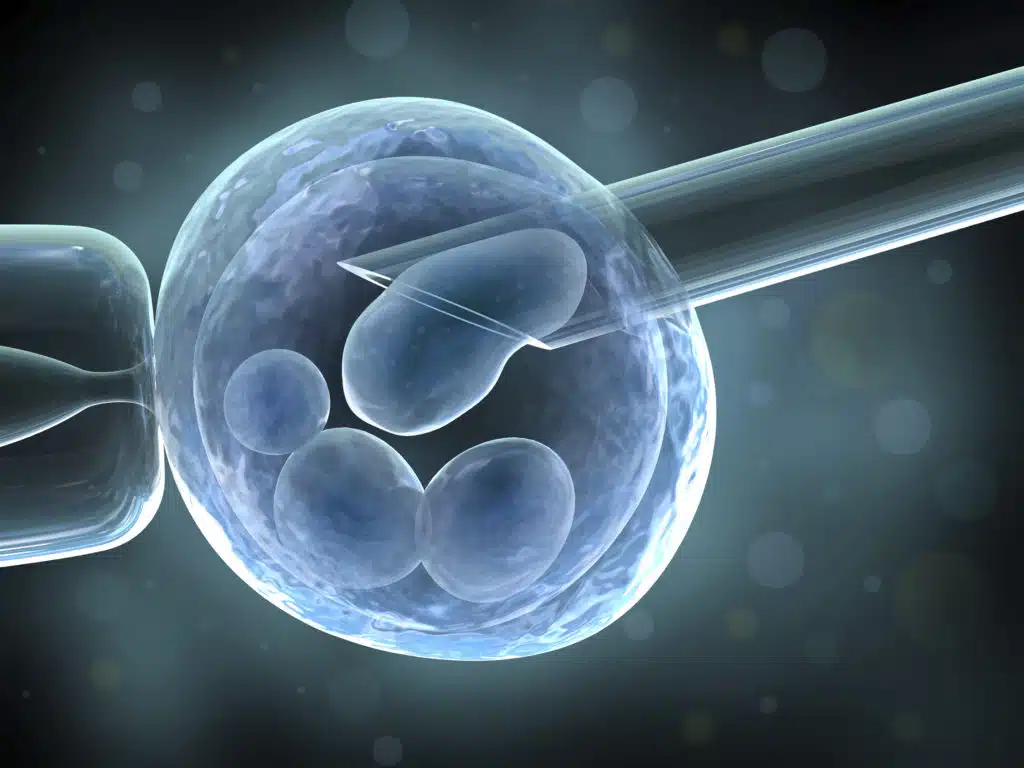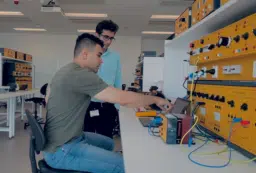IVF is a complicated procedure. At present, the only way to gauge the health of IVF embryos is to use a microscope and monitor their shape.
Now, researchers at the University of Adelaide have developed tiny optic-fibre sensors that can reveal the health status of developing embryos during in vitro fertilisation, giving doctors a simple tool to improve IVF success rates.
“Our method measures the hydrogen peroxide and acidity in the fluid around the embryo, and we can use that as an indication of how well they’re growing,” says Malcolm Purdey, a biomedical engineer who developed the sensor.
The research is a collaborative project between the Centre for Nanoscale BioPhotonics and SAHMRI, the South Australian Health and Medical Research Institute.
The embryo is not disturbed during the fluid sampling, and continues on its normal pathway of development.
Once the technique is fully developed, it will mean only the most robust embryos are selected for pregnancy.
Malcolm is currently refining his techniques by working in the cattle breeding industry, but hopes it can be developed for human use.
Almost one in ten women experience fertility issues, and many turn to IVF. Over 10,000 IVF babies are born across Australia and New Zealand each year. However many more pregnancies fail, creating an emotional and financial toll for parents-to-be.
“IVF is hugely invasive, and any steps we can take to reduce this would have an impact,” says Malcolm.
Contact: Malcolm Purdey, University of Adelaide, 0488 136 191, malcolm.purdey@adelaide.edu.au

Malcolm Purdey

Malcolm presenting at Fresh Science





 Fresh Science is on hold for 2022. We will be back in 2023.
Fresh Science is on hold for 2022. We will be back in 2023.